Nutritional Strategies to Alleviate the Effect of Heat Stress in Broilers
Minu Sarah Jasmine.S1 and Shyama. K2
Introduction:
High ambient temperature is one of the most important stressors for poultry and has a direct relationship on the profitability of meat and egg production. The ideal temperature for broilers is 10-220C for optimum body weight and15-270 C for feed efficiency (Kampen, 1984). Layers will produce eggs constantly at temperature of 10-300 C. Above 300C, performance declines in terms of growth and egg production. Hence, reducing the heat stress on broilers through nutritional manipulation would be valuable.
Physiological response to heat stress:
The most important factor affecting performance in broilers subjected to high temperature is reduced feed intake. However, only part of the reduced performance of broilers is due to reduced feed intake and the rest is due to high temperature per se. In broilers 63% of reduction in growth is due to reduced feed intake (Dale and Fuller, 1979).
NUTRITIONAL MANIPULATION:
1. Feed withdrawal :
Feed withdrawal 4 to 6 h prior to the hottest period of the day limit heat increment of feeding. Feed withdrawal during the hottest hours of the day is a common practice for broiler chicken. Temporary feed restriction before heat exposure can enhance thermal resistance of broilers. Feed withdrawal reduces heat production, increment speed of body temperature and mortality of broiler chickens.
2. Energy intake:
* Increasing the energy content of the diet can partially overcome the growth depression.
* Boost the energy level of these diets by adding fat. This practice not only increases the energy intake but also reduces the specific dynamic effect of the diet, which helps birds to cope better with heat stress. High fat diets (5%) helped in reducing the detrimental effect of heat stress in broilers raised at 29-36°C (Ghazalah et al., 2008). High fat content of the diet helps to reduce heat production, since fat has a lower heat increment than either protein (or) carbohydrate. The addition of fat to the diet also appears to increase the energy value of other feed constituents (Mateos and sell, 1981) and has been shown to decrease the rate of food passage in the gastrointestinal tract and thus increase nutrient utilization (Mateos et al., 1982).
3. Amino acid balance :
Special consideration should be given to the amino acid balance of the diet. Diets containing lower protein levels and supplemented with the limiting amino acids (methionine and lysine) give better results than high protein diets.
4. Acid- Base balances:
Electrolytes supplementation need to be increased due to acid-base imbalance derived from heat stress. Birds loose more electrolytes through feces and this loss need to be compensated in order to maintain health and productivity.
* Supplementation of carbonates and ammonium chloride to the feed or drinking water improves the stressful condition due to high environmental temperature
5. Vitamins and electrolytes:
Use of vitamins and electrolytes during hot season in the drinking water for 3-5 days is beneficial.
6. Ascorbic acid supplementation:
* Supplementation with vitamin C can reduce the negative consequences related to rise in plasma corticosterone.
* Corticosterone is the main hormone related to stress in poultry. Heat stress can cause up to fivefold increase in plasma concentrations of corticosteroids.
Supplementing with vitamin C limits the increase of body temperature, stimulates growth in broilers, improves the quality of the carcass and it is related with increased laying rate, stronger eggshell and healthier day-one-chicks.
* Vitamin C supplementation in the rations at the rate of 50-300 gm/ ton of feed and 1gm/ litre of drinking water enhances the survival of birds exposed to acute heat stress.
7. Phytogenic feed additives :
* Essential oils extracted from herb and spices also have anti-heat stress effects and they activate immune system (Çabuket al., 2006). Phytogenic feed additives in poultry diets help alleviate the negative impacts of heat stress by exerting an anti-inflammatory and antioxidant effect in birds.
* Phytogenic compound is the parts (e.g. seeds, fruits, roots and leafs) of various aromatic herbs and spices (e.g. garlic, oregano, thyme, rosemary, coriander and cinnamon) as well as to their respective plant extracts in the form of essential oils (Windisch et al. 2008).
* Many beneficial properties of phytogenic compounds derive from their bioactive molecules (e.g. carvacrol, thymol, cineole, linalool, anethole, allicin, capsaicin, allylisothiocyanate and piperine). Most Phytogenic feed additives are still not fully understood, but antimicrobial, antioxidative, and growth-promoting effects in poultry have already been reported (Windisch et al. 2008).
References:
1. Dale, N.M. and H.L. Fuller, 1979. Effects of diet composition on feed intake and growth of chicks under heat stress. Dietary fat levels. Poultry Science, 58: 1529-1534.
2. Ghazalah, A.A., Abd-Elsamee, M.O. and Ali, A.M. 2008. Influence of dietary energy and poultry fat on the response of broiler chicks to heat stress. International Journal of Poultry Science 7(4): 355-359.
3. Kampen, M.V., 1984. Physiological responses of poultry to ambient temperature. Archiv Für Experimentelle Veterinärmedizin, 38: 384-391.
4. Mateos, G.G. and J.L. Sell, 1981. Influence of fat and carbohydrate source on rate of food passage of semi-purified diets for laying hens. Poultry Sci. 60: 2114-2119.
5. Mateos, G.G., J.L. Sell and J.A. Eastwood, 1982. Rate of food passage as influenced by level of supplemental fat. Poultry Sci. 61: 94-100.
6. Windisch, W., Schedle, K., Plitzner, C. and Kroismayr, A. (2008). Use of Phytogenic Products as Feed Additives for Swine and Poultry. Journal of Animal Science 86: 140-148.
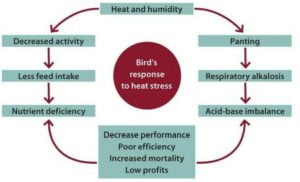
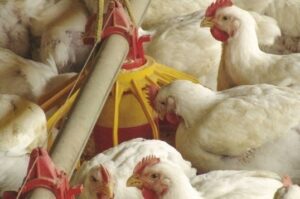



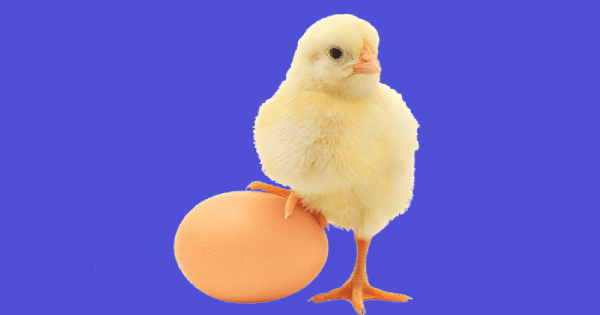
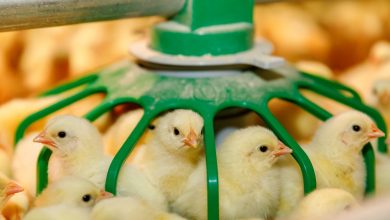
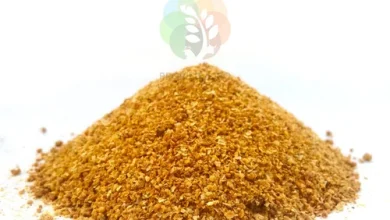


Great post however I was wondering if you could write a litte more on this subject?
I’d be very thankful if you could elaborate a little bit further.
Bless you!
I couldn’t refrain from commenting. Well
written!